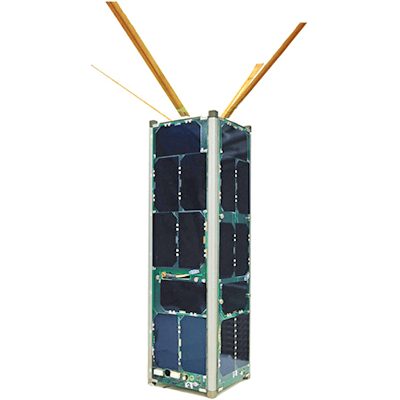MENLO PARK, Calif.— April 22, 2019—Researchers from SRI International have successfully demonstrated new Interferometric Synthetic Aperture Radar (InSAR) capabilities with a radar developed for CubeSat-based earth science applications. Designed for the power and thermal requirements of the space environment, the low-weight, highly compact sensor has the potential to improve short-term forecasting of geologic hazards and enable more effective management of natural resources.
InSAR allows for a radar sensor to take high-precision images of an area of interest, such as a volcano or earthquake zone, and measure the differences in ground deformation across multiple data collection times. For maximum impact, InSAR measurements must be precise to the sub-centimeter level, as well as timely. Leveraging the increasing availability of CubeSats, SRI is working to provide high-precision ground deformation measurement capabilities that can be deployed in a constellation of InSAR sensors capable of daily monitoring of geologic targets.
“This is an exciting new phase to our scientific survey work we conducted over Kilauea during the volcanic eruption. Our expertise in developing systems for use in austere conditions can now be extended into space, helping geologists to better understand, characterize and measure geologic deformation of the Earth’s surface,” said Patrick Rennich, principal research engineer, Signals and Space Technology Laboratory, SRI International. “These highly precise measurements can provide scientists with key information to help improve forecasting models for natural phenomena such as volcanos, earthquakes, and landslides.”
SRI researchers designed, developed, and tested the SRI CubeSat Imaging Radar for Earth Science (SRI-CIRES) to fit within CubeSat and hobbyist-level UAV size, weight, and power constraints. During the 2019 CubeSat Developers Workshop, SRI will present the initial UAV flight test results of SRI-CIRES, showing that the prototype can meet the science objectives and performance requirements of an operational mission.



